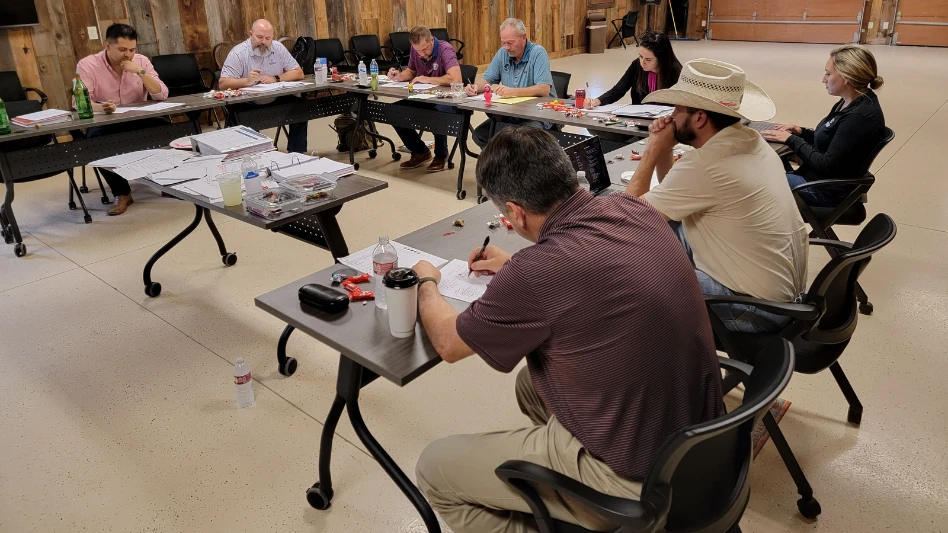Marketing to teenagers is always difficult, but the Internet revolution makes it virtually impossible to avoid this demographic. Accordingly, Bradley Miller, undergraduate coordinator at Iowa State University’s agronomy department, has devised a plan to reach new college students using the Web.
Miller began looking for ways to revamp ISU’s agronomy program two years ago. He knew that students were interested in conservation and renewable energy, but current advertising techniques weren’t effective. So, Miller began talking with prospective students to gain insight into their methods of communication, and the answer became clear.
“The Internet is where people go to get information,” Miller says. “We figured there were students coming to college who were interested in agronomy topics, but just didn’t know what agronomy was. Our main challenge was making them aware of the field.”
ISU previously marketed its agronomy program through classroom visits, but face-to-face interaction wasn’t bringing in recruits. That’s when Miller turned to Facebook, a social networking Web site. More than 100 million people regularly use Facebook, and according to the site’s self-description, members are mostly college-aged students. The emergence of this and other social networking sites has given Miller and ISU a nonstop advertising avenue.
“The Internet is one more opportunity to communicate with people,” Miller says. “Facebook was able to provide us with the ability to bring our message specifically to the teen demographic.”
Miller has used Facebook to communicate with agronomy students around the world. Because agronomy embraces a variety of sciences, such as biology, ecology, chemistry, physics and earth science, Miller potentially could reach millions of people interested in the subject. How? Facebook search results and other site features are generated around a user’s interest, and in addition to promoting an agronomy “group” (which agronomy students can join to discuss the profession and network with one another), Miller uses Facebook ads that pop up when keywords are entered into a student’s profile.
“Facebook allows members to indicate their interests,” he says. “We can choose for our advertisement to be shown only to those who’ve indicated interests connected to agronomy.”
The next step to promoting ISU agronomy was to draw students to the department’s Web site. But first, the site needed a dramatic overhaul. To start the process, a graphic design consultant was hired to create an image with which students would be able to connect. Collaboration efforts among the consultant, Web design staff and Miller produced a logo that’s attracted more than 3,500 visitors to the site to date. The logo, intended to appeal to a diverse group of students, was also printed on clothing, stickers and even lawn chairs.
“By talking with prospective students and observing the many communication mediums that are out there, one can get a sense for what these students are looking for and what communication mediums they’re paying attention to,” Miller says. “Not all the site’s viewers will be convinced to become agronomists, but at least it helps more people know what agronomy is.”
Since the aggressive Internet advertising was launched, ISU’s agronomy program enrollment has increased to 184 students. Exactly how much of the increase can be attributed to Facebook is unknown, but Miller says it’s essential to keep up to date on different marketing techniques.
“We’ve really reinvented our approach to make a clear message about how the science of agronomy helps society address the issues young people are concerned about,” he says. “The increase in availability of information because of the Internet does increase the need for us to effectively compete with everyone else who’s trying to get students’ attention.”

Explore the November 2008 Issue
Check out more from this issue and find your next story to read.
Latest from Lawn & Landscape
- LMN partners with Attentive.ai
- Get to know the generations working for you
- Addressing addiction in landscaping
- Fairway expands national footprint with 6 acquisitions
- Graze Robotics opens new headquarters in Plano, Texas
- Addiction in the green industry
- Kress earns Sourcewell approval
- The best laid plans





